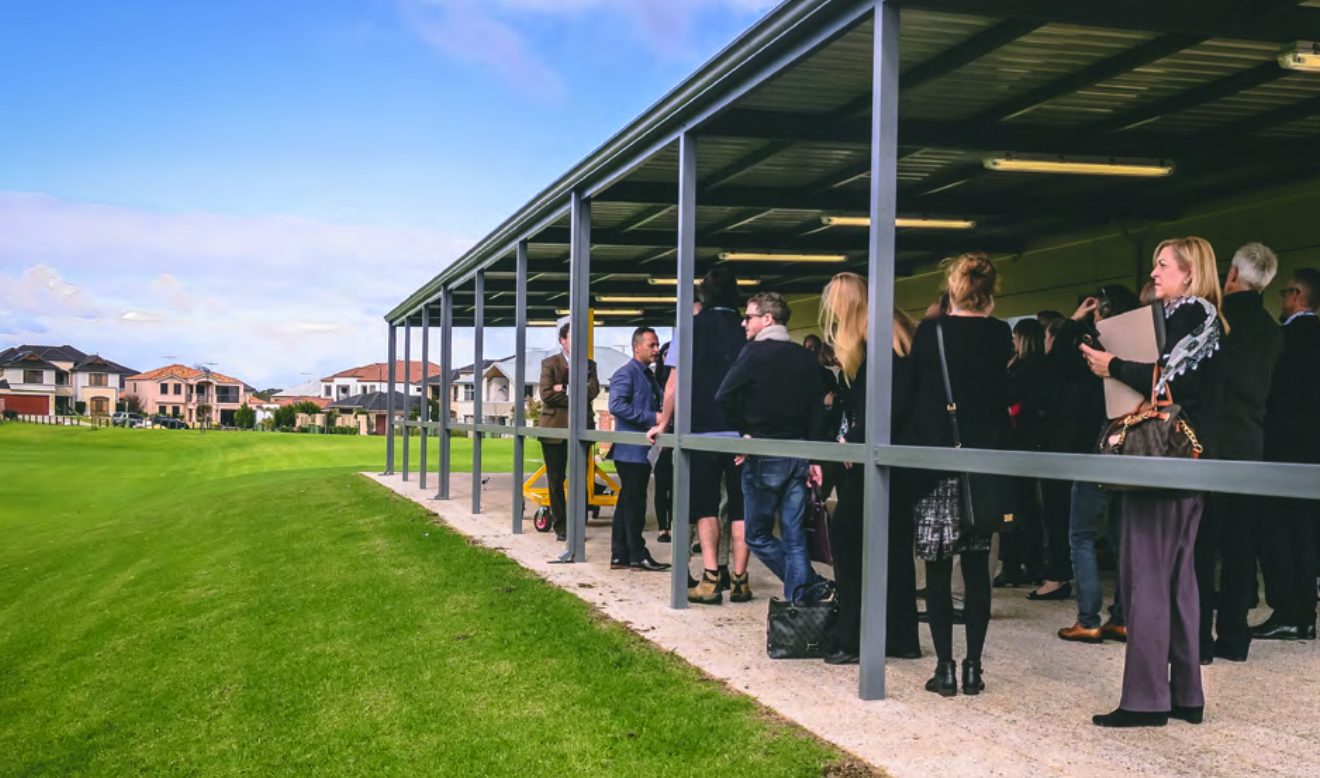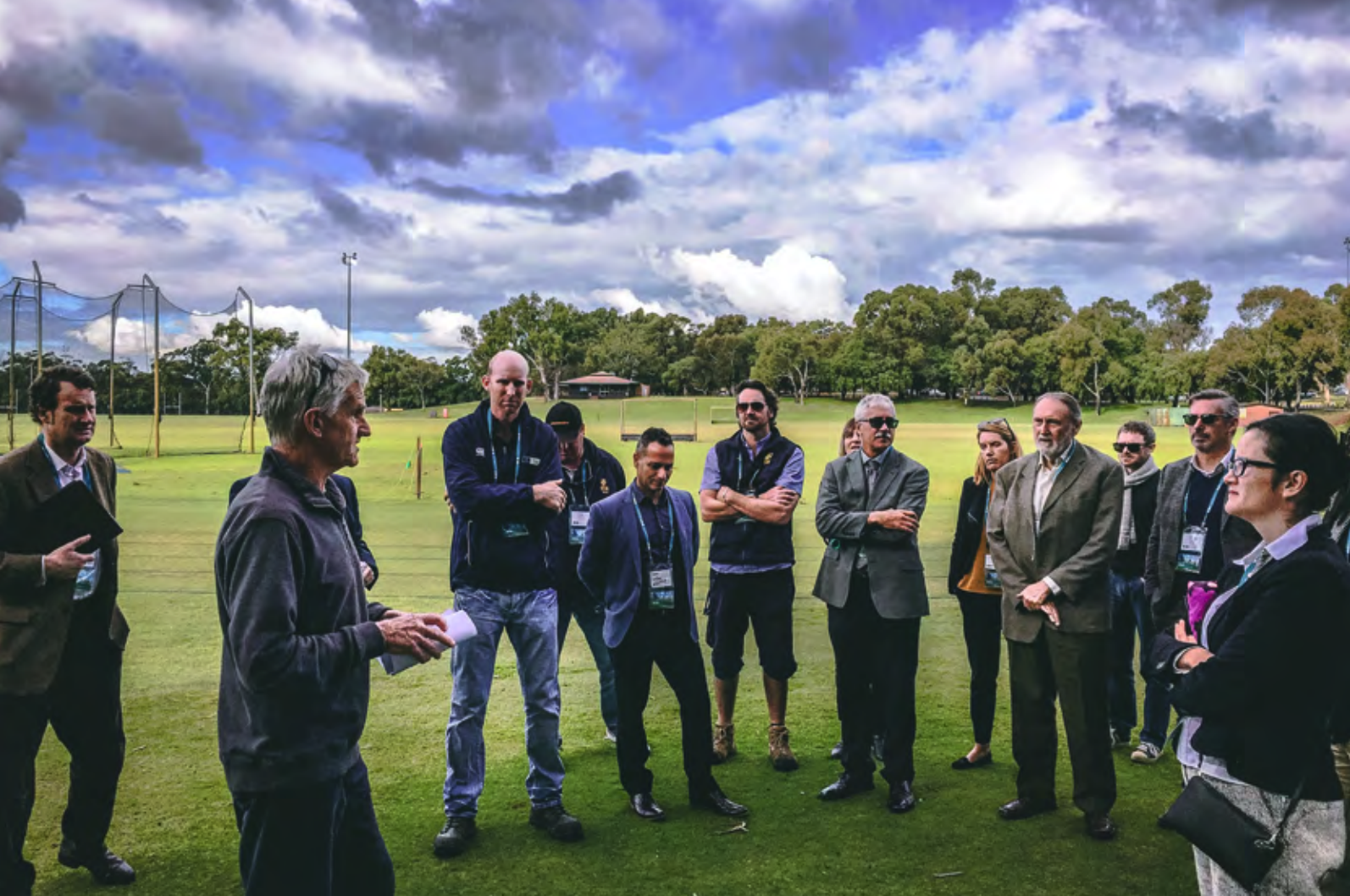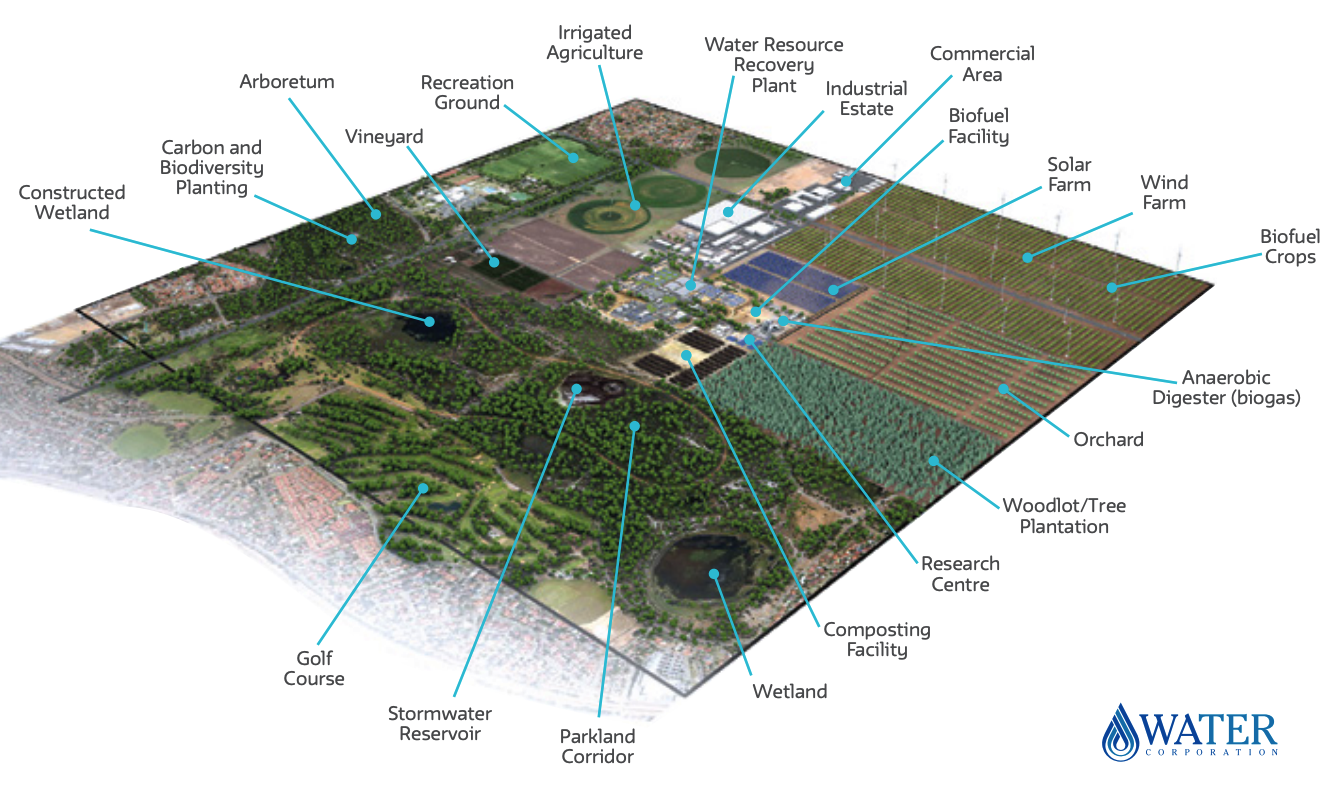WSC visioning prompts statutory recognition for circular economy precinct
Once the CRCWSC completes a collaborative visioning exercise with a group of stakeholders, a range of significant water sensitive cities outcomes often flow.

A great example is in Perth, where this year the City of Nedlands Local Planning Scheme
No 3 gazetted a new Special Control Area for the Subiaco Wastewater Treatment Plant Strategic Water Resource Precinct.
This is the first Perth metropolitan wastewater treatment plant to be provided with statutory protection via a Special Control Area designation in a planning scheme. Plus, the buffer zone around it is the first to be recognised as a strategic resource precinct (aka Buffertopia)—a concept first developed by Water Corporation and incorporated into the State Planning Strategy in 2014.
A strategic resource precinct is a key step in establishing the role of wastewater treatment plants in a circular economy. It defines an area around a wastewater treatment plant that will contain a concentration of infrastructure, land uses and services that support the reuse of resources that can be created from wastewater—recycled water, biogas, biosolids and nutrients etc. The strategic resource precinct signals the opportunity for co-location for land uses and industries that can provide inputs, use outputs, or both, to support this upcycling of wastewater into resources.
The statutory protection of Subiaco Wastewater Treatment Plant Strategic Water Resource Precinct adds to Perth’s growing list of water sensitive achievements, creating a sustainable and cleaner water future for Western Australia.

Ian Kininmonth, Senior Urban Planner with Water Corporation, attributes this significant outcome in part to the visioning workshop (known as an ‘Ideas for’ workshop) conducted by the CRCWSC in 2017. The process involved more than 40 stakeholders and resulted in the Ideas for Subiaco Strategic Resource Precinct discussion paper outlining 10 ideas for making the strategic resource precinct a reality.
‘We knew that the ‘buffertopia’ concept had broad acceptance by the land use planning system because of its inclusion in the State Planning Strategy and other policy documents.
‘We also knew that it should have broad community acceptance because of research conducted by the CRCWSC in Tranche 1 into land use preferences for wastewater treatment plant buffer zones. What we didn’t know was how to work with stakeholders to tailor the ‘buffertopia’ to a specific area and achieve an accepted vision. The ‘Ideas for’ process provided that knowledge,’ Ian said.
‘The strategic resource precinct designation shows acceptance of the vision developed through the ‘Ideas for’ process and that the City of Nedlands and the State of Western Australia recognise the essential role that the treatment plant and its strategic resource precinct will play in contributing to water resource security, climate resilience and sustainability of the Perth region,’ Ian said.
‘It demonstrates how water utilities can partner with the land use planning system to create a water wise city. Related to this and on a more practical level, the CRCWSC is also now conducting non-market research into beneficial land uses suitable for the precinct and associated benefits and costs,’ he said.
For more information on the CRCWSC’s visioning and ‘Ideas for’ workshops that led to this significant outcome for Perth’s water sensitive transformation, contact our National Engagement Manager, Jamie Ewert (jamie.ewert@monash.edu).

Another success story
Another idea from the discussion paper that has already been implemented is the Water Research and Innovation Hub. This Silicon Valley style innovation space adjacent to the Subiaco Wastewater Treatment Plant provides an input of wastewater directly from the plant and space for prototyping of new reuses technologies.
The Water Research and Innovation Hub will attract technology companies and researchers working on new approaches to wastewater treatment and resource recovery, for a liveable and climate resilient city. The idea is for companies and researchers in the precinct to co-develop, trial, pilot and validate activities that use wastewater outputs (such as recycled water, nutrients, sludge and biogas) or provide inputs (such as energy).